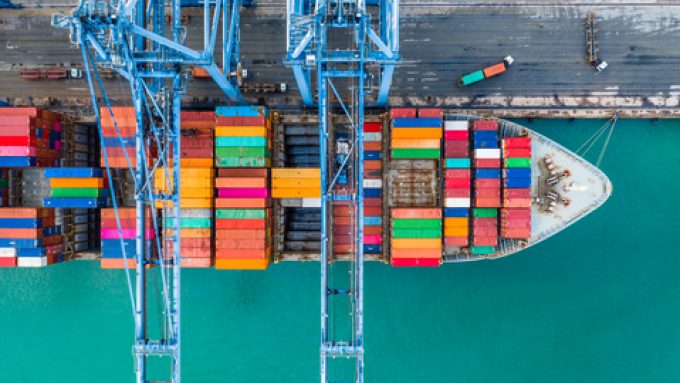More luck than judgment? Top 10 box lines enjoy elusive balance
Something of a sweet spot?

Container spot freight rates took another pummelling this week with a raft of double-digit week-on-week declines seen on some of the major trades.
According to the Freightos Baltic Index (FBX), the transpacific eastbound Asia-US west coast trade dropped 10% to $4,314 per 40ft today, some 80% ...

Comment on this article
Budha Majumdar
September 17, 2022 at 9:22 am‘significant idling of ships’ , ‘swiftly curtail capacity’ , ‘increase in the number of blank sailings’
Will the FMC and other Regulators look closely at these protectionist actions by carriers?